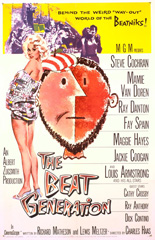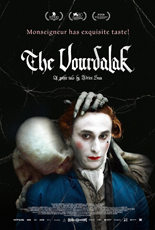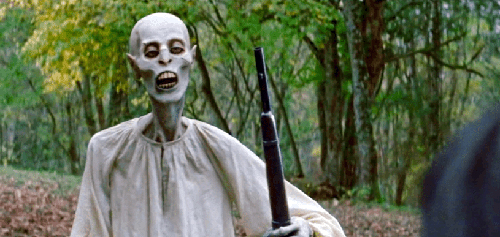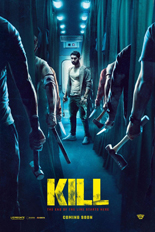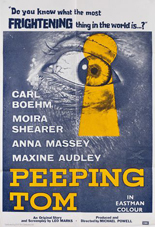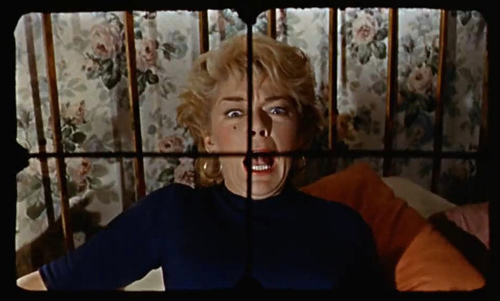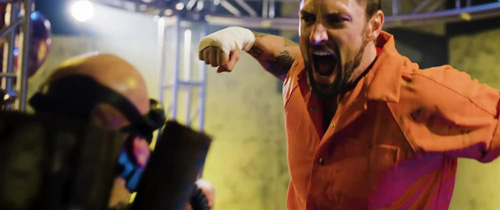
Hey, dig this jazz, cool cat: Because his doll left him for his rich daddy, Stan (Ray Danton, The Centerfold Girls) terrorizes the town as a serial rapist. Basically a walking tube of Brylcreeme, Stan’s known ’round town as “the Aspirin Kid,” so named for the me-gotsa-headache ruse he uses to penetrate thresholds when women are home alone.
Detective Culloran (Steve Cochran, 1949’s White Heat) is on the case, which gets personal after Stan bingos the bongo of the cop’s wife (Fay Spain, The Private Lives of Adam & Eve). And then really, really personal when she discovers she’s got a bun in the oven.
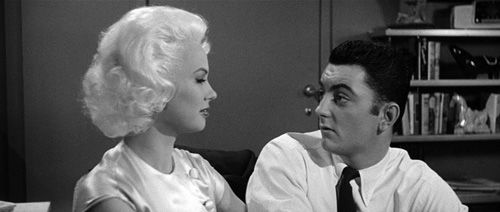
The Beat Generation marks a next-year reunion for High School Confidential! producer Albert Zugsmith and starlet Mamie Van Doren. It’s something of a spiritual follow-up, with Ms. VD playing another saucy, savory sex bomb. Here, she’s victim No. 3 … or would be, if not for the fact that she wants it bad. “I wish I had,” she tells the police. “He looked like real gone kicks.”
The movie sure is, provided you’re willing to take it as a half-serious crime story. It’s even a bit progressive in that director Charles F. Haas (1959’s Girls Town) doesn’t blame the victim for the rape. But he does shame her into nixing her plans for a rhymes-with-smuh-smortion.
To be fair, despite The Beat Generation’s title, beatniks barely figure into the story, although the only and only Vampira, free of wig, spouts some free-verse nonsense while a white rat hangs on her shoulder. Somehow, the whole shebang ends with a fight underwater. —Rod Lott

